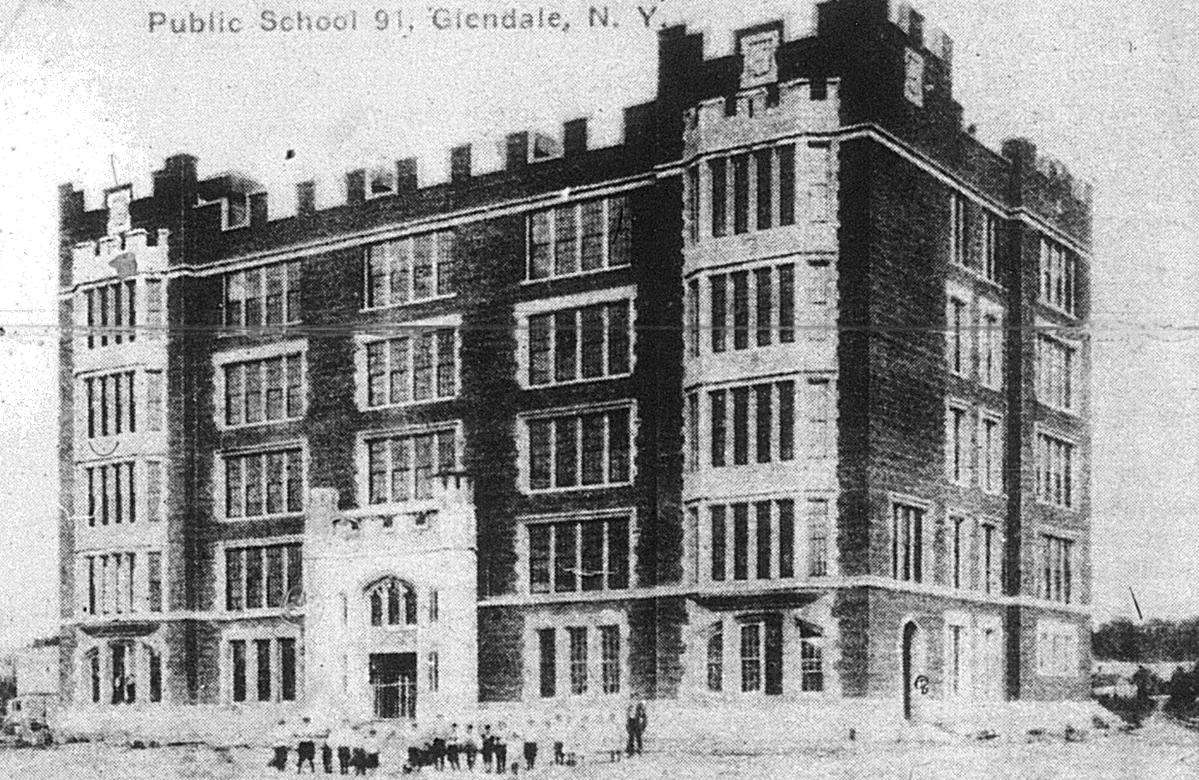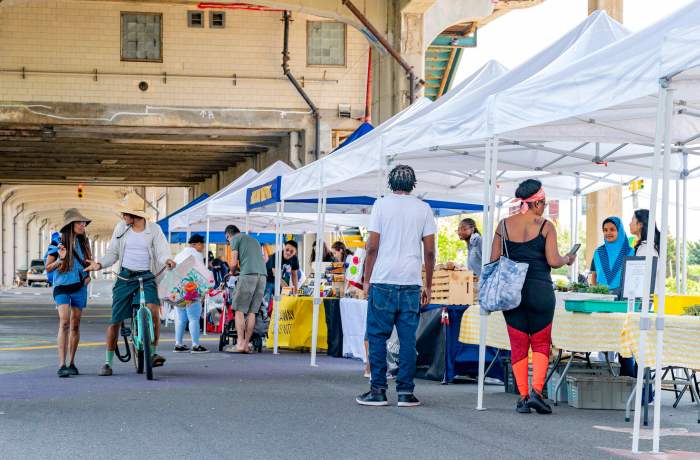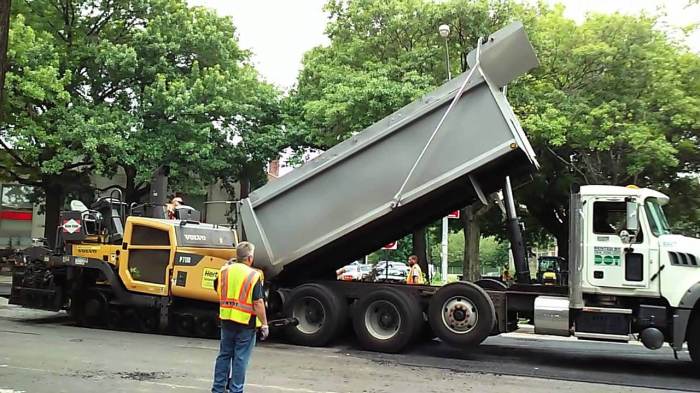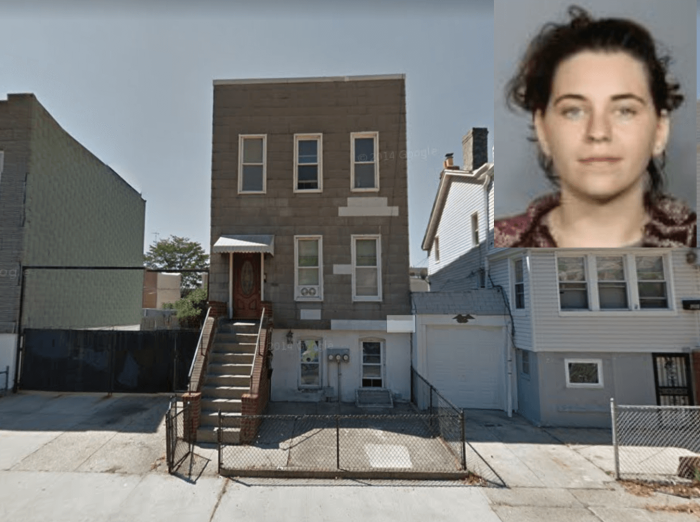The history of P.S. 91 in Glendale is intertwined with an earlier school in the neighborhood — namely P.S. 67, which stood on the north side of Central Avenue between what are now 70th and 71st streets.
P.S. 67 was a two-story wooden building constructed in 1893. Known as the Glendale School and also as the District 13 School, it had six classrooms on each floor, which students and teachers accessed by climbing a broad wooden staircase.
After Queens was incorporated into New York City in 1898, the newly formed New York City Board of Education designated the Glendale School as P.S. 67. By 1905, the school had 651 students in 14 classes with 13 teachers. This led to the construction of one-story wooden additions built on piles adjacent to the main building, adding eight more classrooms.
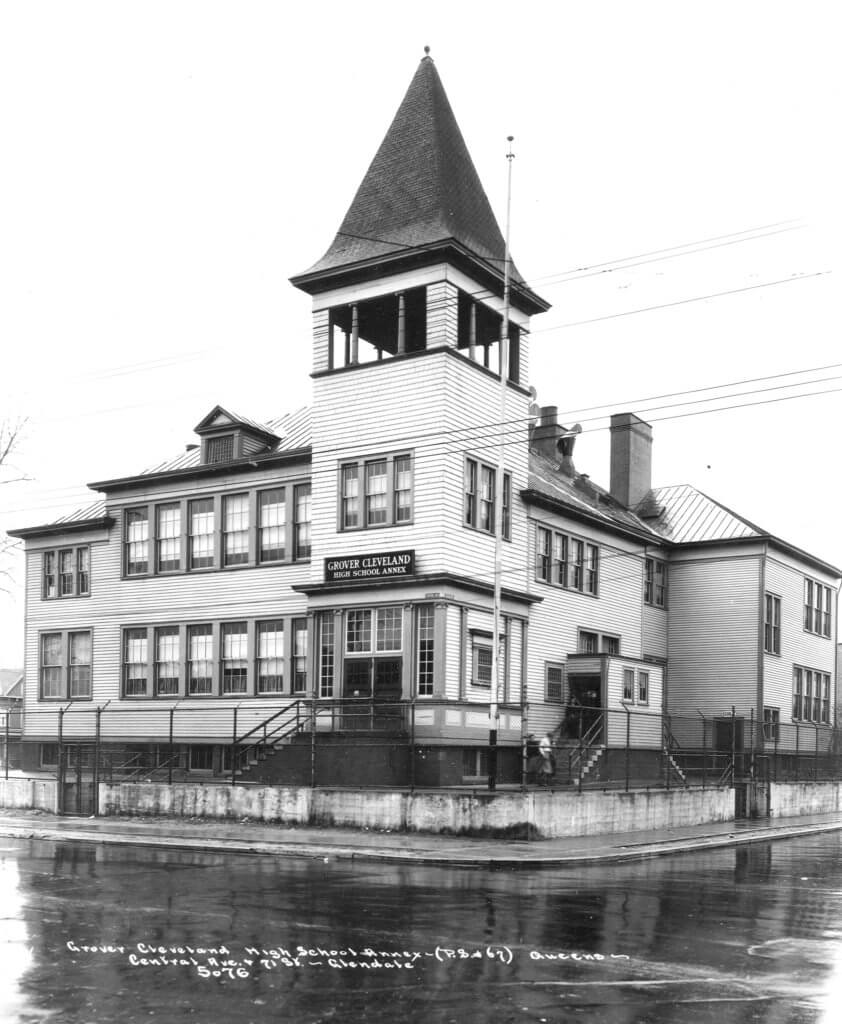
By the early 1900s, the Board of Education was aware that eventually, a new elementary school would be needed in the central part of Glendale.
In 1911, the Glendale Taxpayers Association (the original name of the Glendale Property Owners Association) was organized. During their monthly meetings, they discussed problems in their community.
The Glendale Taxpayers Association was aware that a site had been acquired by the Board of Education, and they demanded that a new brick school be built in central Glendale. They began seeking a replacement for P.S. 67 to match the swelling population in the neighborhood, and replace the building itself, which was still heavily reliant upon outdated architecture and technology such as gas-powered lamps.
By March 1912, 887 students were attending P.S. 67 — but 297 of them were enrolled on a part-time basis due to the overcrowding. The following year, the school’s total population was 918 students, with 24 teachers in 20 classrooms. The student-teacher ratio was an average of 38.25 to 1.
In 1913, the Board of Education informed the Glendale Taxpayers Association that they intended to build a new school when the funds were approved. The board would select a site on the south side of Central Avenue between Folsom Avenue (68th Place) and Fosdick Avenue (69th Street).
The Glendale Taxpayers objected. They pointed out that there had been discussions of extending the elevated railroad from Ridgewood along Central Avenue in Glendale. If that took place, they feared, the noise from the trains operating adjacent to the school would be distracting to the students.
The elevated rail extension never happened, of course, and the Board of Education moved ahead with the P.S. 91 project on Central Avenue.
Construction of P.S. 91 began in late April/early May 1914, and within four months, the walls of the new school were already up to the second floor.
The partially completed P.S. 91 opened on Sept. 13, 1915. It had 31 classrooms, a cooking room for girls, a carpentry shop for boys, a gymnasium, shower rooms and an open-air garden on top of the main building — with a steel screen to prevent any accidents — for outdoor activities.
When finished, the entire P.S. 91 — fully equipped with electric lights — was built to accommodate 1,500 pupils. When it opened in 1915, 1,021 children were registered.
With P.S. 67 no longer needed, the one-story additions at this school were removed, and the main building was placed on a standby status.
Shortly thereafter, P.S. 67 was converted into a special school for children with disabilities. But by the 1920s, P.S. 67 was used as an annex to P.S. 91 to accommodate the ever-growing population of students. The overcrowding problem was eventually exacerbated by the opening of two new schools in 1928 and 1929, respectively: P.S. 113 and P.S./I.S. 119.
Afterward, the Board of Education ended the P.S. 91 annex at P.S. 67, and instead used the site over the next 13 years as annexes for both Bushwick and Grover Cleveland High Schools.
By 1942, the Board of Education decided P.S. 67 had been around long enough. The schoolhouse was razed and the city developed Central Playground.
Ironically, in 2005, the playground was renamed in honor of Vito Maranzano, the former longtime president of the Glendale Property Owners Association.
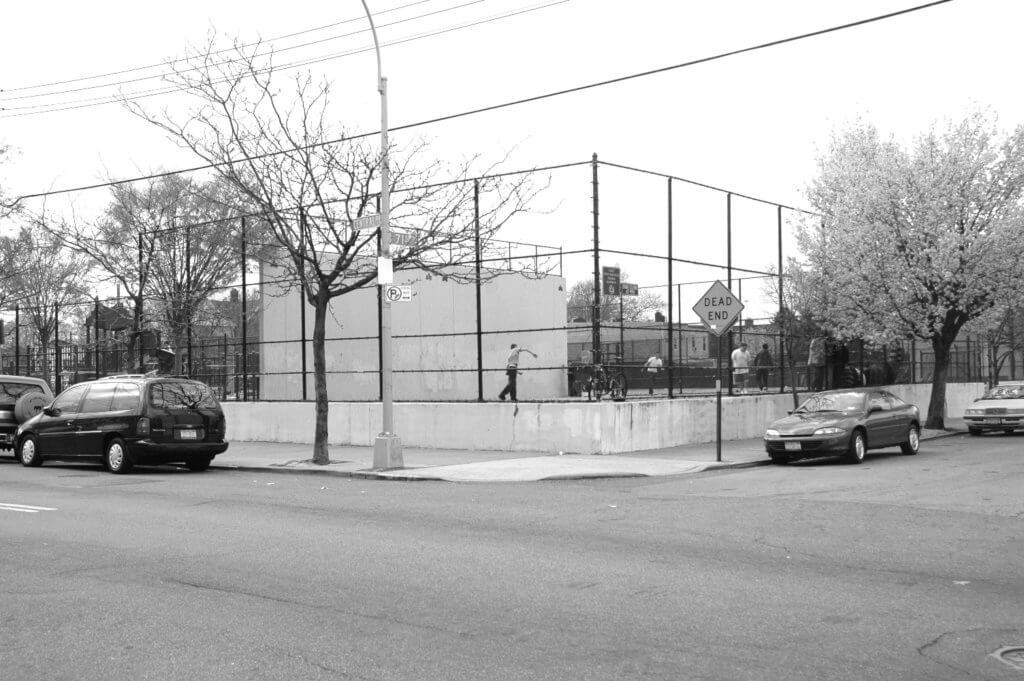
Sources: the May 31, 1990, and April 24, 2008, Ridgewood Times.
* * *
Share your history with us by emailing editorial@ridgewoodtimes.com (subject: Our Neighborhood: The Way it Was) or write to The Old Timer, ℅ Ridgewood Times, 38-15 Bell Blvd., Bayside, NY 11361. Any mailed pictures will be carefully returned to you upon request.

